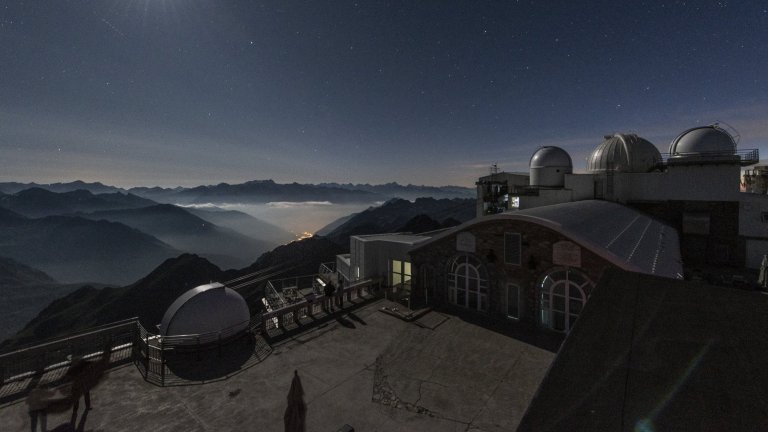
© Hubert Raguet / Laboratoire de Physique de l'ENS / Observatoire de Paris / Observatoire Midi-Pyrénées / CNRS Images
View the mediaScientific news
European Researchers’ Night, on Friday 27 September, is an opportunity to meet scientists from all over France and share their passion with them. It’s also an opportunity to highlight the importance of night-time research.

© Hubert Raguet / Laboratoire de Physique de l'ENS / Observatoire de Paris / Observatoire Midi-Pyrénées / CNRS Images
View the mediaThe European Researchers’ Night is the largest science outreach event in Europe. In 2024 and 2025, 58 projects will run events in 25 countries. European Researchers' Night, on Friday 27 September 2024, is an opportunity to meet scientists from all over France and share their passion with them. But it's also an opportunity to emphasise just how valuable night time is for research.
For the researcher, night is a time for discovery, for example when silence finally falls, when certain species emerge from their burrows or when the stars appear in the sky, ready to be observed through the telescope. It is also a time to rest, to prepare, or simply to marvel at the bright colours of a volcano standing out in the darkness.
See you at Researchers' Night 2024 and, in the meantime, discover a magnificent selection of images of scientists at work at night...
Our work is guided by the way scientists question the world around them and we translate their research into images to help people to understand the world better and to awaken their curiosity and wonderment.